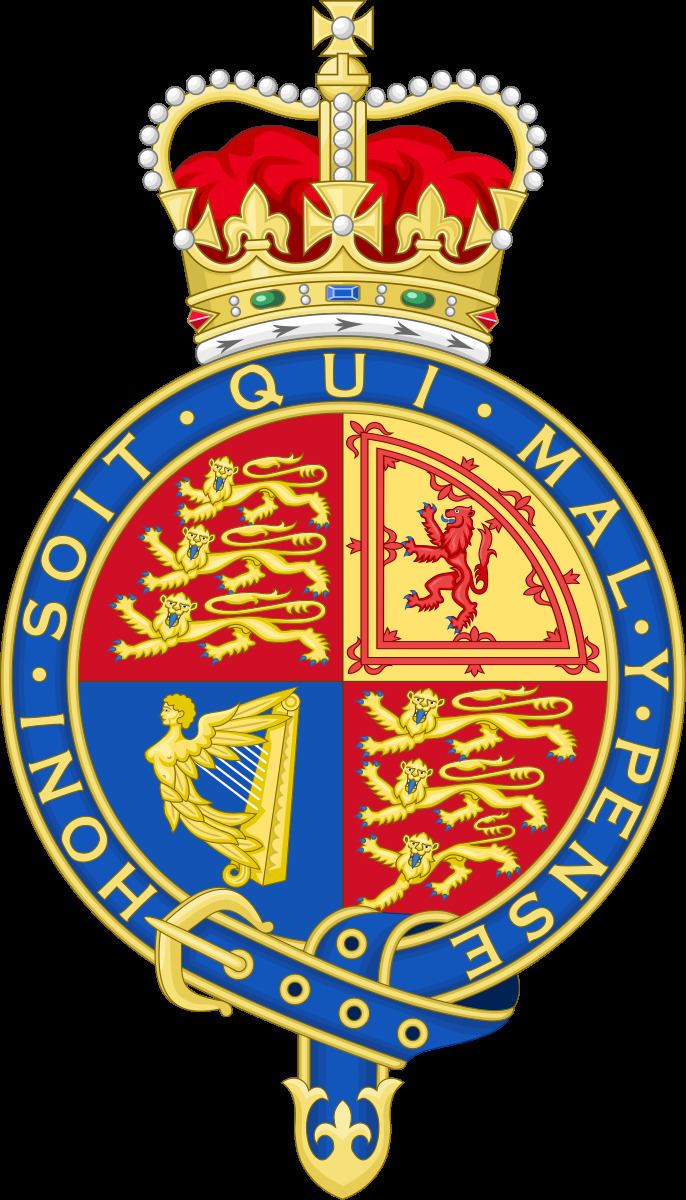Decision by Lord Watson People also search for R v Guerin | Date decided December 12, 1888 | |
 | ||
Full case name St Catharines Milling and Lumber Company v The Queen Citation(s) [1888] UKPC 70, 14 App Cas 46 Appealed from St. Catharines Milling and Lumber Co. v. R 1887 CanLII 3, 13 SCR 577 (20 June 1887), Canada), affirming a decision of the Court of Appeal for Ontario, which affirmed the judgment of the Chancery Division, restraining the defendants from cutting timber on lands in Ontario claimed to be public lands of the Province. Judges sitting Earl of Selborne, Lord Watson, Sir Arthur Hobhouse, Sir Barnes Peacock, Sir Montague E. Smith and Sir Richard Couch Judge sittings William Watson, Baron Watson, Barnes Peacock, Montague Edward Smith, Richard Couch | ||
St Catharines Milling and Lumber Co v R was the leading case on Aboriginal title in Canada for more than 80 years. The Judicial Committee of the Privy Council, affirming a ruling by the Supreme Court of Canada, held that Aboriginal title over land was allowed only at the Crown's pleasure, and could be taken away at any time. This case, involving Ojibway Treaty No. 3 which had never been previously litigated before any court, is a leading decision in Canada on the differences between the division of legislative powers and property rights under the Constitution of Canada.
Contents
Background
At issue were treaty lands thought to be within Rupert's Land when Canada entered into Treaty 3 in 1873. Following the Ontario-Manitoba Boundary Case, the Canada (Ontario Boundary) Act 1889 placed about two-thirds of the treaty area in Ontario. Canada believed that it was entitled under the Treaty, and its legislative authority under section 91 (24) of the Constitution Act, 1867 for "Indians and Lands reserved for the Indians", to administer Treaty lands. The lumber company was granted a federal permit to a timber berth on Lake Wabigoon, and that permit was challenged by the Province.
The courts below
In 1885, Chancellor Boyd of the Chancery Division held that the phrase "Lands reserved for the Indians" referred only to “Indian Reserves”, and "such words do not cover lands which have never been the subject of treaty or surrender, and as to which the Legislature or executive Government have never specifically appropriated or 'reserved' for the Indian population." On appeal, the Court of Appeal affirmed this, as well as stating that the lands transferred by the 1889 Act, other than that covered by Indian reserves, vested in the Crown in right of Ontario. This was affirmed on appeal to the Supreme Court of Canada.
At the Privy Council
The SCC ruling was affirmed by the Board. Lord Watson identified the source of Aboriginal title as the Royal Proclamation of 1763, and he noted:
Impact
Other issues arose from this decision. The Privy Council said, for example, that Ontario must relieve Canada of its obligations under the treaty since Ontario had the benefit of it, but subsequent litigation by Canada failed on that point too. In Ontario Mining Co. v. Seybold, the Privy Council extended the rule to deny the Indians any beneficial interest in the reserves that had been set apart for them under the Treaty. It took a series of federal/provincial agreements, culminating in the Canada/Ontario Indian Reserve Lands Agreement, to provide an interim solution to the problems created these decisions. A further resolution was reached in 1986, with the passage of the Indian Lands Agreement (1986) Act.
Even though some of Lord Watson's observations were later varied by the Supreme Court of Canada in Guerin v. The Queen, this case is the starting point for an understanding of Aboriginal law in Canada.
